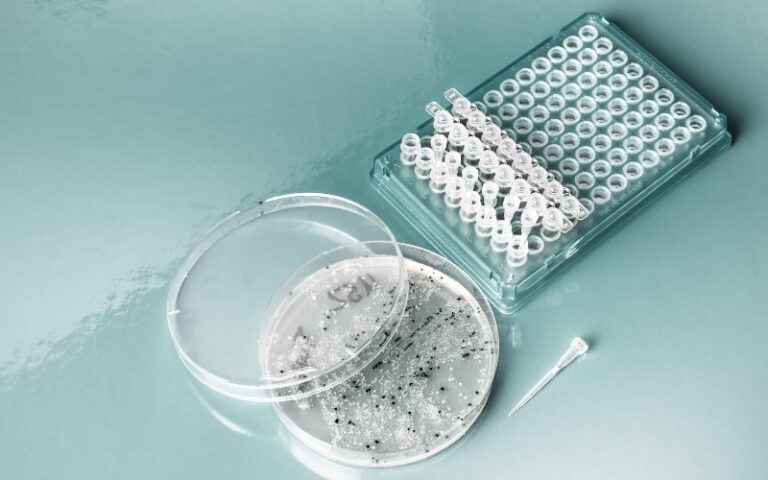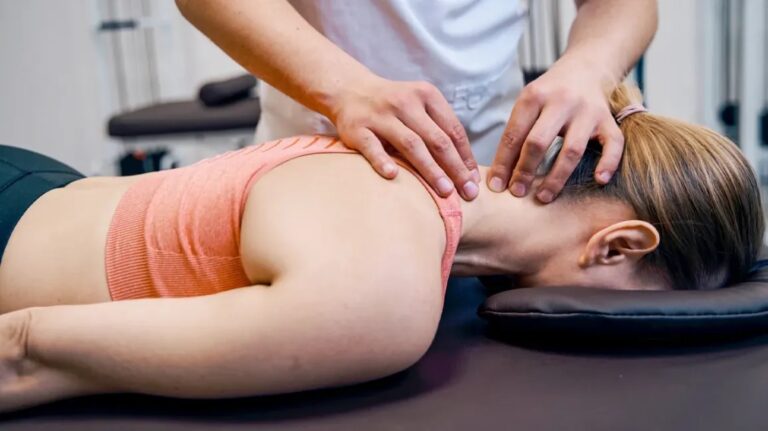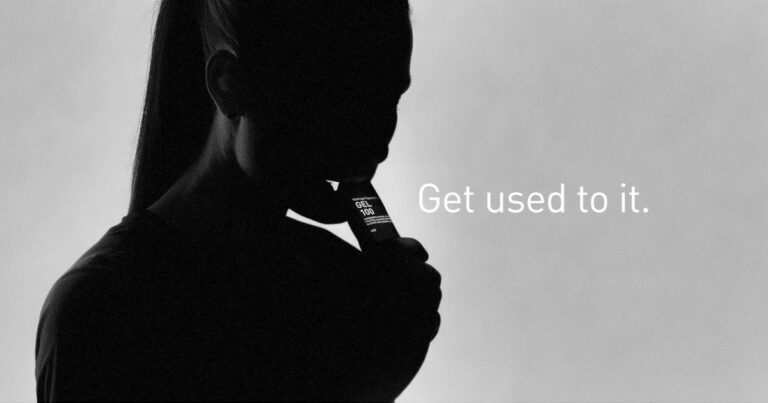Most kinds of orthodontic braces use wires within the types of their brackets. The guidelines of individuals wires are sharp and may easily gouge into soft, tender areas of the mouth area. Consequently, braces can be difficult around the lips, gums and jaw tissue, sometimes causing painful sores and raw spots.
The discomfort brought on by braces, particularly when they are new, could be enough to discourage individuals who put on braces from eating. Orthodontists get their patients use dental wax to be able to reduce these potentially painful problems.
Typically, dental wax consists of carnauba, paraffin or beeswax, and it’s available in simple to use strips. A little bit of wax is used within the sharp ends and edges from the wires to lower remarkable ability to shateringly rub against or gouge in to the soft tissues from the inner oral cavity, lips and gums. This waxy protection cuts down on the number and harshness of the sores that may be brought on by putting on braces.
Dental wax for braces can’t only prevent sores from developing, it may provide respite from the discomfort and discomfort of brace-caused sores that already exist by letting them heal, insulated and guarded in the sharp, jabbing wires. The wax aids in preventing irritation by developing a physical barrier between your brackets of the braces (as well as their sharp wires!) and also the soft tissues of the mouth, like the inside your cheekbones as well as your lips and gums. Some brands of dental wax for braces are unflavored, while some possess a mint flavor. On top of that, you can aquire a large amount of value for your money if you use dental wax: with respect to the brand, several strips of wax will most likely only cost 2 or 3 dollars. That isn’t much to pay for to avoid or reduce discomfort. You’ll most likely use lots of dental wax initially, however the soft areas of the mouth area might “toughen up” with time, lowering the amount you will employ over time.
Here’s using dental wax correctly:
Wash both hands, after which twist a little bit of wax until it breaks off. Don’t merely accomplish it, since it will stretch and be too thin to shape correctly.
Making use of your fingers, roll the dental wax right into a small, fairly symmetrical ball. Molding the wax by doing this warms up and causes it to be simpler to shape.
Together with your finger, put the ball of wax directly to the bracket of the braces that’s resulting in the irritation and requires a cushion. You will want to move on the wax firmly enough to really make it live there, but less it’s forced lower in to the area involving the teeth as well as your braces. The dental wax should protrude out a little in the braces.
Repeat these steps for every a part of your braces that’s causing discomfort or discomfort.
Following a couple of hrs the wax will begin to appear by itself, so reapply it as being needed.
Before you decide to eat, remove all of the dental wax out of your mouth. You are able to pull or move them back your braces having a finger or perhaps a toothbrush. Should you forget to get rid of it before eating, it’ll most likely get dislodged when you chew and become ingested together with your food. Don’t be concerned should this happen, though, because dental wax is non-toxic. Swallowing it will not hurt you.
It’s also wise to remove your dental wax before you decide to brush the teeth. Should you let it rest in position it’ll enter into your toothbrush, which you’ll want to then wish to replace.
Additionally to traditional dental wax for braces, other products are for sale to lowering the painful irritation braces may cause. For instance, an item known as Ortho-Sil has lots of advantages over traditional dental wax. For just one factor, it’s made from silicone rather of wax, therefore it is more malleable, softer, also it lasts longer inside your mouth since it does not break lower and crumble as rapidly. You may also re-use Ortho-Sil within within 24 hours. For example, you are able to take it off for brushing after which re-use the same piece when you are finished. Its primary drawback is always that your brackets should be dry or it will not adhere correctly, so mastering how you can put it on may need some practice. Many people love dental silicone “wax” while some prefer traditional dental wax.

















